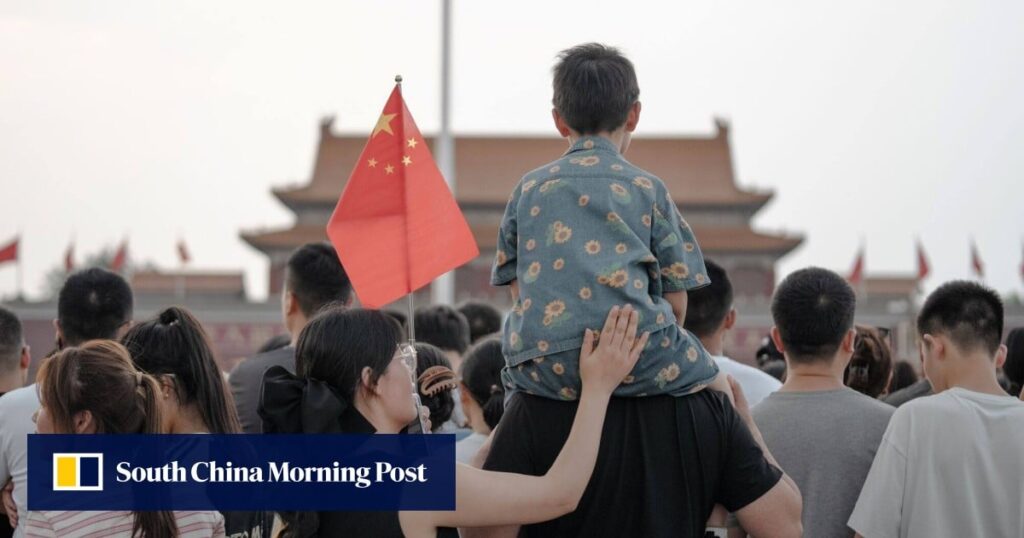China’s Economic Outlook: Challenges in Confidence and Consumption
As China, the world’s second-largest economy, gears up for the pivotal third plenum, consumer and investor confidence remain notably low. Economists and policy observers caution that this pessimism is stymying economic growth. Helen Qiao, Chief Greater China Economist at Bank of America Merrill Lynch, highlighted the stark contrast between investor sentiments in China and India at a recent Tsinghua University forum on China’s economic midyear update.
"We constantly assure investors that China is addressing its issues and will enhance policy implementation. However, investors remain overwhelmingly pessimistic, perceiving good news with skepticism and expecting bad news to worsen," Qiao remarked. Unlike China, India is experiencing buoyant economic momentum, with its benchmark BSE Sensex index reaching record highs, up 9.4% in the first half of the year, compared to a 0.25% drop in China’s Shanghai Composite Index.
Qiao’s observations also touched on the emotional volatility driving market sentiments. She emphasized the necessity for China to establish clear regulatory frameworks, ensure policy stability, promote the rule of law, and adopt law-based governance for sustainable economic growth.
The forum comes at a critical time for China as it strives to revive economic expansion in the latter half of the year. One of the weakest links in this recovery has been domestic consumption. Retail sales grew by 4.1% in the first five months of 2024, falling short of the 4.3% average annual growth seen during the initial two years of the COVID-19 pandemic. Wu Shuyu, a researcher at Tsinghua University’s Academic Centre for Chinese Economic Practice and Thinking, indicated that consumption demand remains highly suppressed due to lagging income growth.
Since 2021, consumer spending growth has generally outpaced that of per capita disposable income. However, income growth has slowed, particularly among middle- and low-income groups, while young people face employment uncertainties and potential pay cuts. This weak income growth scenario underscores a hesitation to spend, with a preference for precautionary savings instead. Data from the central bank shows that in the first five months of the year, new household loans increased by 889.1 billion yuan (US$122.3 billion), but household bank deposits soared by 7.13 trillion yuan during the same period.
The Academic Centre for Chinese Economic Practice and Thinking released a report proposing that local governments retain more fiscal revenues from value-added and consumption taxes, which are currently production-based rather than consumption-based. "This policy shift would incentivize local governments to prioritize human-centred growth, enhance residents’ income, improve public services, alleviate consumption concerns, and ultimately boost consumer spending," the report suggested.
This period marks a critical juncture for China as it navigates these economic challenges. The strategies and policies adopted in the coming months will be pivotal in determining whether China can reinvigorate consumer confidence and catalyze comprehensive economic recovery.
To gain further insights into China’s economic strategies and outlook, visit the Bank of America Merrill Lynch website.
